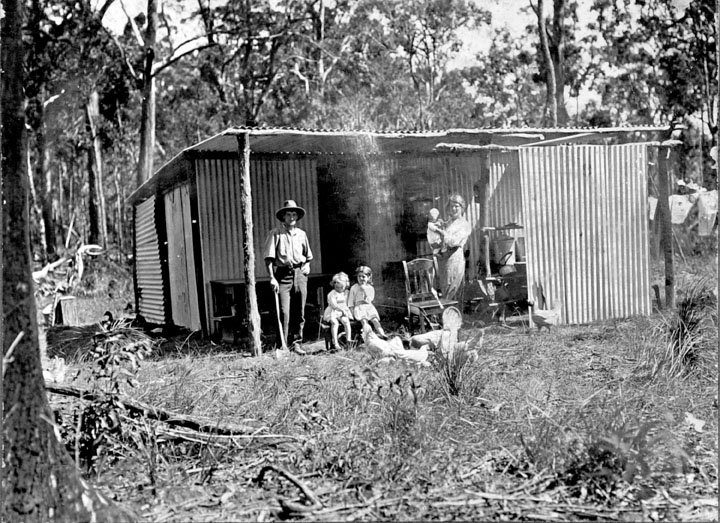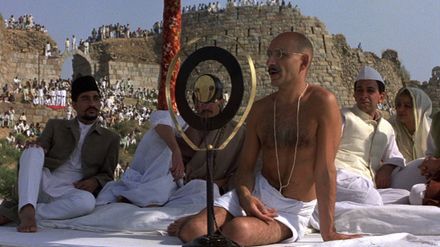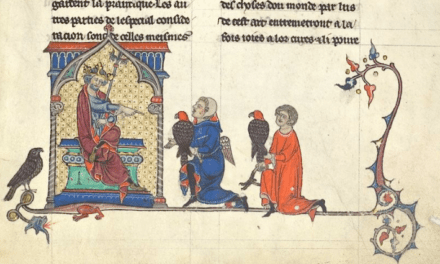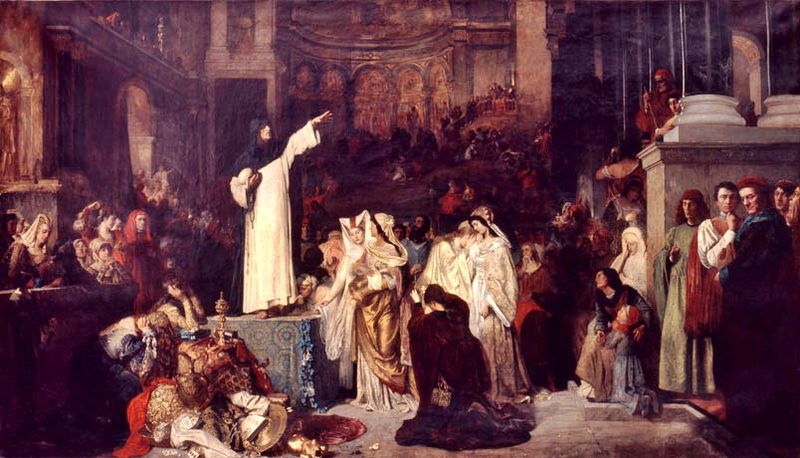The Mafia, The Godfather, and the Hollywood romance
Reading time: 8 minutes
The Godfather. Perhaps one of the greatest films and franchises of all time; March 24, 2022, will mark the 50th anniversary of the film’s theatrical release, which is a number that in ways seems both large and small. Large from the perspective that it has already been five decades since it shook the cinematic world, yet small in that a film of such importance and influence was released in the backyard of our modern history: 1972.
By Michael Vecchio
It was not the first gangster or crime film (and it certainly would not be the last), yet it managed to capture a certain humanity with its criminal anti-heroes that no predecessor had ever been able to; of course the same must be said of the 1969 novel by Mario Puzo, who crafted a seminal work in the canon of American crime fiction.
Mention the word Mafia, and the first thing to come to mind will be “criminal activity”, “gangsters” and “The Godfather”; and while these labels are assuredly correct in a certain sense the Mafia is a complex organisational entity that is so often misrepresented and mythologized that it’s true identity has been obscured. The characters in The Godfather, for instance, coupled with the seldom told tale of the immigrant experience and old Italy, helped to make the movie and mob life seem almost like a fairy tale; a modern and more violent one for certain, but a fairy tale, nonetheless.
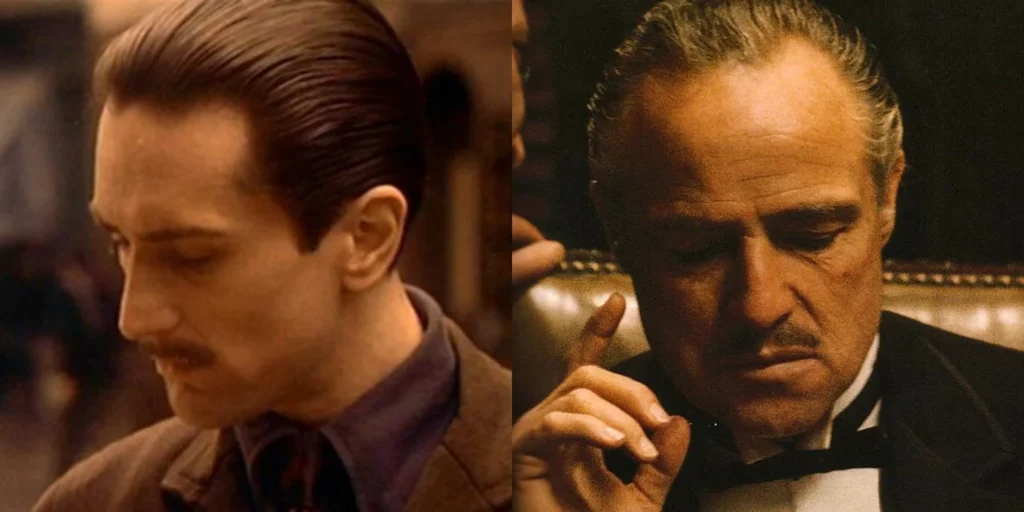
It is in this fairy tale medium that, for better or for worse, The Godfather introduced the grand theme of romanticism; latching onto people’s perceptions of what life in the mob is really like, for years the view of the real Mafia was obscured by notions that it resembled the world of Don Vito Corleone. While the story is fairly accurate in its portrayal of 1940’s turf wars, it simultaneously adds a layer of melodrama that hid some of the more brutal realities of mob existence.
What is perhaps most fascinating then is the fact that this glorious mythological version of the Mafia/Mob is the one that has been so dramatized in Hollywood and on television. But why has this phenomenon occurred? Is it because the activities of the real Mafia are simply too disturbing and graphic to be portrayed? And if so then why would literature and film about the mob even exist at all if its true nature is too ugly to portray.
While the answer is varied, the fact that western and in particular American cinema has long been built on the idea of spectacle and heroics have lent itself nicely to the Mafia genre. From the early Western movies, the notion of the hero and the bad guy has been a regular fixture in Hollywood’s narrative; a fixture that is easily identifiable in depictions of the Mafia. The image of the gangster therefore and the law enforcement that tries to stop them can be interpreted as a reimagining of cowboys and Indians, with the Mafiosi often times presented as the cowboy figure or rather ‘the guys we should be rooting for.
Understanding the origins of the world’s most infamous criminal organization, and how slowly it became a legitimate operation, is thus a necessary inquiry to grasp how it would eventually be used as fodder for Hollywood.
READ MORE: ORIGINS OF THE MAFIA
Ironically the Sicilian Mafia was not created with criminal intent in mind. It started as an ‘alternative’ form of local government in the Sicilian countryside during the nineteenth century in response to the collapse of the ruling Bourbon Empire. The Mafia did not begin for the sake of committing crime; there were political motives behind it. Additionally, offering protection services in this lawless environment was quite a lucrative enterprise.
Another reason why the Cosa Nostra emerged was not only as an alternative to regional government, but perhaps more importantly to act as the government. In many parts of Sicily, which was largely rural, the presence of lawmakers and administration was noticeably absent; only in main towns like Palermo and Messina was there a stronger sense of government rule. It is most fascinating to think that the original Mobsters were really men trying to create a sense of order in a lawless land and who offered services which were actually legitimate.
The first film in history that can be labelled as a gangster film was in 1912 with D.W. Griffith’s The Musketeers of Pig Alley, but the real emergence of the gangster film as something of widespread entertainment began in the 1930s; the same time the rise of the Mafia in America really begun. Executives in Hollywood saw how these figures were appealing to a growing proportion of the population and portrayed the Mobsters in their films not particularly as bad criminals, but as anti heroes reminiscent of Western movies.
But politics also had a tremendous amount to contribute; combined with the social and economic climate of the time, it influenced how crime films were made and how the characters were depicted. Many of the films implied that the criminal is a creation of society, rather than its rebel. Adding to this was the ethnic card. Many films, particularly The Godfather, dealt with class and ethnic conflict which reflected doubts about how well the American system was working.
A majority of these films portrayed the criminals as having foreign backgrounds or coming from the lower class. Thus, the criminal was often able to evoke sympathy and admiration out of the viewer, who often would not place the blame on the criminal’s shoulders, but rather a cruel society where success is difficult.
With the release of The Godfather in 1972, the mob movie business exploded and films dealing with the Mafia were officially legitimised. Whether or not its romanticism is good or bad is debatable, but it is clear that that theme made it stand out upon its debut and continues to make it stand out today. Indeed, it could be argued that without the romantic nature of the film (and the novel) it would never have taken off.
READ MORE: The Rise and Fall of the Mafia Movie
A feeling of nostalgia is also ever present in the film; audiences are presented with a desire to be a part of a time period they perhaps had not even lived through, yet now wanted to experience. This contrasts with films like Scarface, which while fascinating and engaging, there is generally no desire by viewers to enter that world.

Conversely with The Godfather, being part of that world seems to be something to be desired and admired; this is not to say that Francis Ford Coppola or Mario Puzo wanted to encourage criminal association, but to put forward their characters not as evil killers. Rather they were part of a larger commentary on crime in America and as people of relatable attributes, like strong family values.
Yet even with these intentions, The Godfather contributed to the image of the Mafia as one of great glamour and romance. But is this really what the Mafia is? Truthfully the Mafia is a complex criminal organization and to actually be a part of it is completely unromantic. Originating in the Sicilian countryside as an alternative government and in many cases as the only government, the Mafia along with millions of immigrants came to America; and it is here where the glorious image of it first began to appear thanks in large part to the film industry.
READ MORE: The Mafia and the antimafia fight: an analysis beyond the stereotypes
Authors, directors, producers and others in the film and entertainment industry took the idea of the outlaw and applied it to the gangster. With this knowingly, or inadvertently, an aura about the mob and gangsters was created that has become an almost irremovable component of our Western cultural fabric.
50 years after the theatrical debut of The Godfather, the image of the old fashioned, romantic, and nostalgic mob life persists in many circles; while this has been challenged and stereotypes have been dismantled, in part though other less idealized depictions of organized crime (Goodfellas, The Sopranos, Carlito’s Way, for instance), still the allure of “the life” as portrayed in the Godfather films remains perpetual.
Yet even for its flaws of myth perpetuation, The Godfather remains an undoubted cinematic masterpiece. Although the realities of the Mafia may not be illuminated in total historical veracity, the movie made the presence of mobsters and gangsters forever etched in the collective imagination, changing popular culture indelibly.
Podcasts about this topic
The text of this article was commissioned by History Guild as part of our work to improve historical literacy. If you would like to reproduce it please get in touch via this form.


